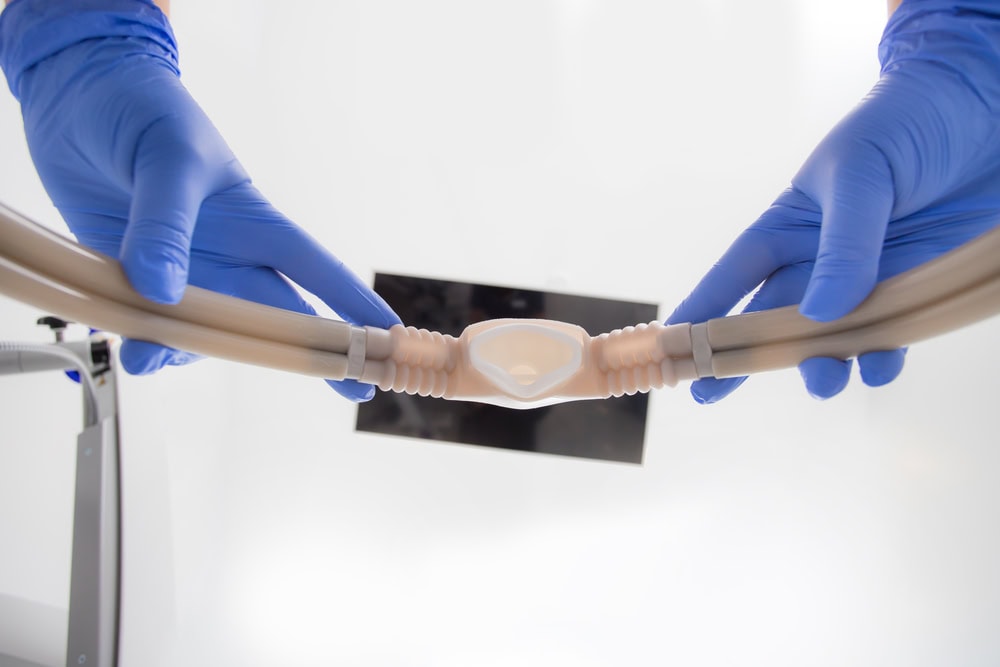Understanding tooth extraction is vital before the procedure. Reasons include severe decay, periodontal disease, trauma, overcrowding, or alignment issues. Types vary from simple to surgical extractions. Preparation involves following preoperative guidelines and sharing health information. The process includes local anesthesia, tooth loosening, extraction, and thorough inspection.
Post-procedure care is crucial for pain management and healing. Complications like bleeding, numbness, dry socket, pressure, or discomfort may occur. Awareness and care can prevent issues.
What is a Tooth Extraction?
A tooth extraction (pulling a tooth) is a dental procedure to remove a damaged or unhealthy tooth from its socket in the jawbone. This procedure is typically performed by a dentist, oral surgeon, or periodontist.
Reasons for Tooth Extractions
In dentistry, tooth extractions are necessary primarily due to severe decay, advanced periodontal disease, or irreparable damage caused by trauma. Decay, often resulting from poor oral hygiene, can weaken the tooth structure, making extraction the only viable option. Similarly, advanced gum disease can lead to infection and damage to the surrounding tissues, necessitating extraction to prevent further complications. Trauma, such as accidents or injuries, can cause irreparable damage to the tooth, mandating its removal to maintain oral health.
In some cases, overcrowding or impaction, commonly seen with wisdom teeth, may warrant extraction to alleviate pain or prevent misalignment issues that could arise during orthodontic treatment. Additionally, preparation for orthodontic procedures may require the removal of certain teeth to achieve the desired results effectively. Understanding the various reasons for tooth extractions helps dental professionals make informed decisions to ensure the overall well-being of their patients.
Types of Tooth Extractions
Various dental procedures involve different types of tooth extractions to address specific oral health concerns and conditions. One common type is a simple extraction, where a dentist removes a visible tooth. This procedure is relatively straightforward and often requires only local anesthesia.
Conversely, surgical extractions are more complex and typically performed by an oral surgeon. They are necessary for impacted teeth that haven’t erupted through the gum line or when a tooth fracture during removal. Surgical extractions may involve incision into the gum and sometimes require removing some bone around the tooth.
Proper healing after the extraction is crucial to prevent complications. Patients may be prescribed medications to manage pain and prevent infection. Dentists may also recommend specific aftercare instructions to ensure the surrounding tissues heal properly.
Forceps are commonly used during the extraction to grasp and remove the tooth efficiently. Each type of extraction requires careful consideration to ensure the best outcome for the patient’s oral health.
Preparing for the Procedure
To ensure a successful tooth extraction procedure, thorough preparation is essential for both the patient and the dental team. Prior to the extraction appointment, the dentist will provide instructions to follow. It is important to adhere to preoperative guidelines, such as fasting if required. During the appointment, the dentist will discuss the procedure, including the type of extraction, the potential need for local anesthesia to numb the area, and any post-operative care instructions.
Patients should inform their dentist about any medications they are taking and any health conditions. This information is crucial for the dentist to plan the extraction effectively. Swelling after the extraction is normal, and the dentist may recommend applying ice packs and biting on gauze to control it. Proper post-operative care, such as avoiding hard or hot foods, will aid in a smooth recovery process. Diligently following the dentist’s guidance will help ensure a successful extraction and promote optimal healing.
Steps of the Extraction Process
Upon entering the extraction room, the dental team will review the patient’s medical history and confirm the tooth to be extracted. The extraction process involves several essential steps to ensure a successful procedure:
- Administering Local Anesthesia: The dentist will use local anesthesia to numb the area around the tooth to be extracted, ensuring the patient feels no pain during the procedure.
- Loosening the Tooth: The dentist will use special instruments, such as forceps, to gently rock the tooth back and forth, loosening it from the socket.
- Extracting the Tooth: Once the tooth is sufficiently loosened, the dentist will carefully remove it from the socket.
- Inspecting for Complications: After extraction, the dentist will examine the socket to ensure no fragments of the tooth remain and check for any signs of complications.
Throughout the process, the dental team prioritizes patient comfort and safety. To learn about post-extraction care guidelines, stay tuned for the next section on ‘Recovery and Aftercare’.
Recovery and Aftercare
Proper recovery and aftercare are crucial for optimal healing and to minimize potential complications after a tooth extraction procedure. Following the extraction, it is common to experience some pain and swelling, which can be managed with prescribed medication.
To support healing, it is essential to diligently follow post-operative care instructions provided by the dental professional. These instructions may include guidelines on how to clean the extraction site, what to eat or avoid, and when to schedule a follow-up appointment for evaluation.
Resting and avoiding strenuous activities can help with a smoother recovery process. It is important to monitor for any signs of complications, such as excessive bleeding or severe pain, and seek prompt medical attention if such issues arise.
Potential Complications and Risks
Patients and dental professionals should carefully consider and understand potential complications and risks associated with tooth extraction procedures to ensure informed decision-making and appropriate management. While tooth extractions are common and usually uncomplicated, there are potential risks that individuals should be aware of:
- Bleeding: Some bleeding after the extraction is normal, but excessive bleeding can occur, requiring prompt attention.
- Numbness: Nerve damage can cause numbness in the extraction site or surrounding areas, which should be monitored post-procedure.
- Dry Socket: A dry socket happens when the blood clot that forms after extraction is dislodged, leading to severe pain and delayed healing.
- Pressure and Discomfort: Patients may experience pressure or discomfort during and after the extraction, which should be communicated to the dental professional for appropriate management.
Understanding these potential complications and risks allows for proactive monitoring and timely intervention to address any issues that may arise following a tooth extraction procedure.
Key Takeaways
Tooth extractions are necessary for various reasons and can be performed differently. Preparing for the procedure and following proper aftercare are crucial for a successful recovery.
While complications and risks may arise, they are typically rare.
Overall, undergoing a tooth extraction may seem daunting, but it is often a straightforward and necessary procedure for maintaining oral health.
If you have any concerns or questions, don’t hesitate to contact a Dentist in Ballarat, VIC 3350. Your oral health is important, and their team is here to support you every step of the way.




